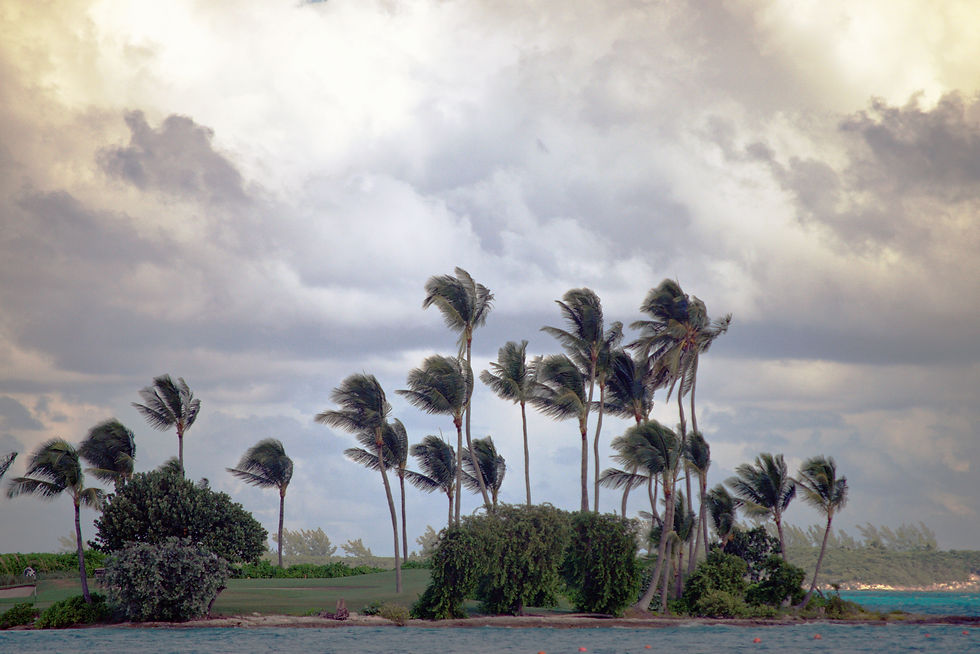Market Update: Pacific Region Risk Trend
- Neeko David
- Jul 22
- 2 min read
Updated: Oct 9

Market Update: Pacific Region Risk Trend
In the Pacific region, particularly in island communities such as Guam and Micronesia, the importance of risk management cannot be overstated. These areas face unique challenges that necessitate a proactive approach to risk assessment and mitigation. With limited infrastructure and a high exposure to natural disasters, including typhoons and earthquakes, residents and businesses must prioritize planning and preparedness.
Challenges Facing Island Communities
The Pacific islands are characterized by their vulnerability to a range of environmental risks. Key challenges include:
Natural Disasters: Typhoons and earthquakes pose significant threats, often leading to devastating impacts on both lives and property.
Limited Infrastructure: Many island communities lack robust infrastructure, which can exacerbate the effects of disasters and hinder recovery efforts.
Supply Chain Vulnerabilities: Geographical isolation makes these communities susceptible to supply chain disruptions, affecting access to essential goods and services.
The Role of Insurance in Risk Management
Insurance emerges as a critical element in the risk management strategy of Pacific island communities. It serves various essential functions:
Property Protection: Insurance policies help safeguard homes and businesses against damage from natural disasters, ensuring that families can recover and rebuild.
Livelihood Security: By providing financial support during times of crisis, insurance helps protect the livelihoods of those affected, enabling them to maintain their standard of living.
Stability During Uncertainty: In an unpredictable environment, having insurance coverage offers peace of mind, allowing individuals and businesses to plan for the future with greater confidence.
Proactive Planning as a Necessity
In the Pacific region, risk management is not merely an option; it is a necessity. The combination of environmental threats and economic vulnerabilities underscores the need for comprehensive planning. Communities are increasingly recognizing that effective risk management strategies can significantly enhance resilience against future disruptions.
Conclusion
As the Pacific region continues to face evolving risks, the trend towards enhanced risk management practices is likely to grow. Insurance will remain a cornerstone of these efforts, helping to ensure that island communities can not only survive but thrive in the face of adversity. By prioritizing proactive planning and risk mitigation, residents of Guam, Micronesia, and other Pacific islands can better protect their futures and foster sustainable development.



Comments